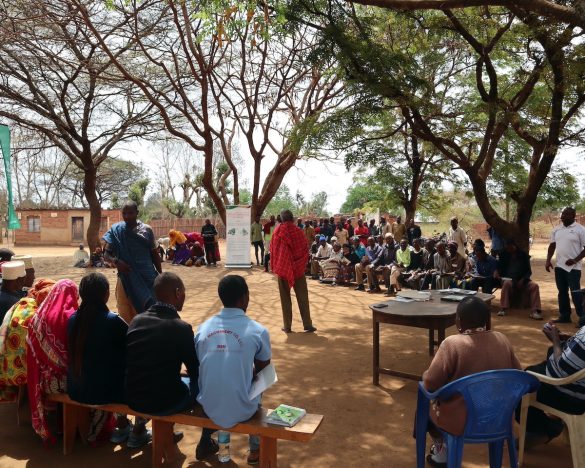Doubled-up legume rotations improve soil fertility and maintain productivity under variable conditions in maize-based cropping systems in Malawi
Smallholder farmers in Malawi must cope with small farm size, low soil fertility and production risks associated with rainfed agriculture. Integration of legumes into maize-based cropping systems is advocated as a means to increase production of diverse nutrient-dense grains and improve soil fertility.
It is difficult to achieve both aims simultaneously, however. Short-duration grain legumes rarely produce enough biomass to appreciatively improve soils, and long duration pigeonpea, commonly grown in Malawi as a dual purpose crop, produces little or no edible grain as a consequence of grain-filling into the dry season.
A novel technology is the doubled-up legume rotation (DLR) system in which two legumes with complementary phenology are intercropped and grown in rotation with maize. Initial performance from on-farm research is favorable; however, it is crucial to understand competition for resources in mixed cropping systems under variable soil and climate conditions.




